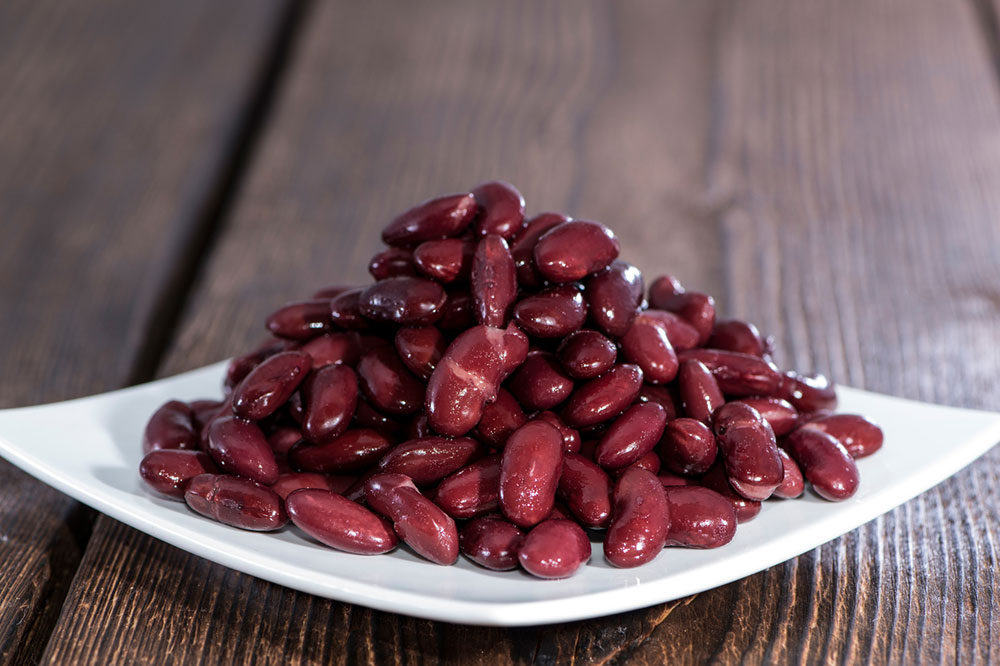Eat these 6 foods to keep anemia at bay

The blood mainly comprises three types of cells: White Blood Cells (WBCs) that stave off infections and diseases, platelets that help heal wounds, and Red Blood Cells (RBCs) that carry oxygen throughout the body. A depletion in RBCs due to lack of nutrition or an underlying disease leads to anemia and manifests symptoms that can range from persistent fatigue to irregular heartbeats.
There are several types of anemia categorized on the basis of the causes and symptoms. Several health experts suggest that, apart from early diagnosis and timely treatment, following a healthy diet and ensuring proper nutrition are key to maintaining healthy levels of RBCs in the body. Here are a few power-packed foods that can help keep the symptoms of anemia at bay:
- Dark leafy greens
The deficiency of iron has long been synonymous with anemia. So, don’t forget to add leafy greens like spinach and kale into your basket the next time you’re out buying vegetables. Also, you must up your intake of leafy green veggies if you depend only on plant sources of iron, as the body absorbs less of the nutrient. - Lean meats
If you’re looking for a larger dose of iron and don’t mind meat on your plate, grass-fed lean meat is a perfect source. Lean cuts of meat can provide you with a substantial amount of your daily iron intake. You can also pair the meat with vitamin-C rich foods to ensure proper absorption of the nutrients. - Quinoa
The grain helps maintain optimal oxygen levels in the blood, which helps relieve anemic symptoms like fatigue or shortness of breath. Apart from quinoa, oats, spelt, amaranth, and sorghum have fortifying properties that make them helpful in reducing the risk of anemia. - Sardines
If you have a palette for seafood, sardines can be your best bet to prevent anemia. Sardines are rich in vitamin B12 or cobalamin, which is important for the synthesis of RBCs. Other nutrients present in sardines can also improve blood oxygen levels, preventing or relieving any existing symptoms. - Legumes
Apart from being rich sources of fiber, legumes like lentils are beneficial for people with anemia or a risk of developing the condition as they are rich in iron. Pro tip: avoid drinking caffeinated beverages before or after eating legumes as they might interfere with iron absorption. - Blackstrap molasses
Molasses is a nutritional powerhouse, as it contains calcium, magnesium, selenium, and vitamin B6. Many nutritionists believe that blackstrap molasses is a potential superfood that can help relieve anemic symptoms. Try adding it to your morning oatmeal or toast, or you can add a spoonful to your smoothie.
A person may develop anemia due to several reasons, including underlying health conditions. So, you must consult your nutritionist and doctor before incorporating any of the above-mentioned foods in your diet to prevent any side-effects.





